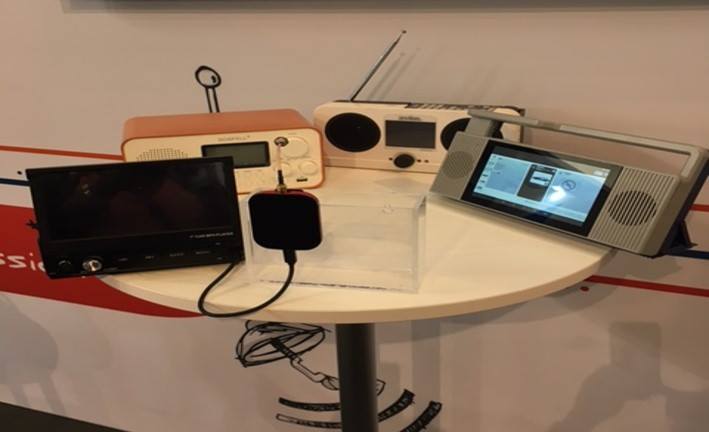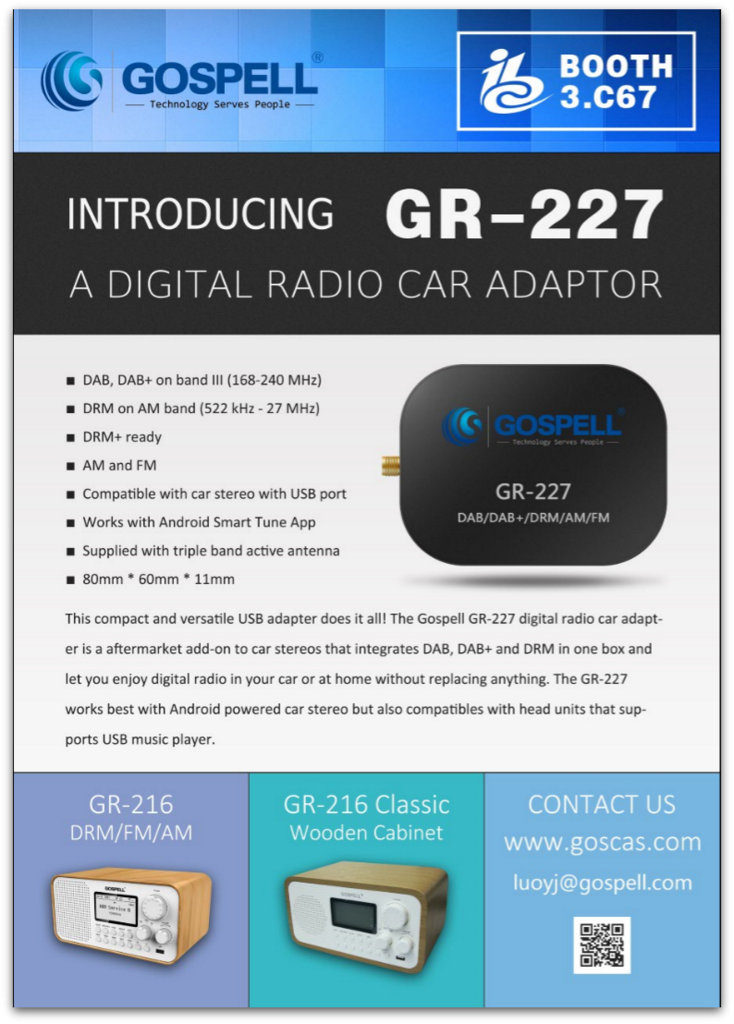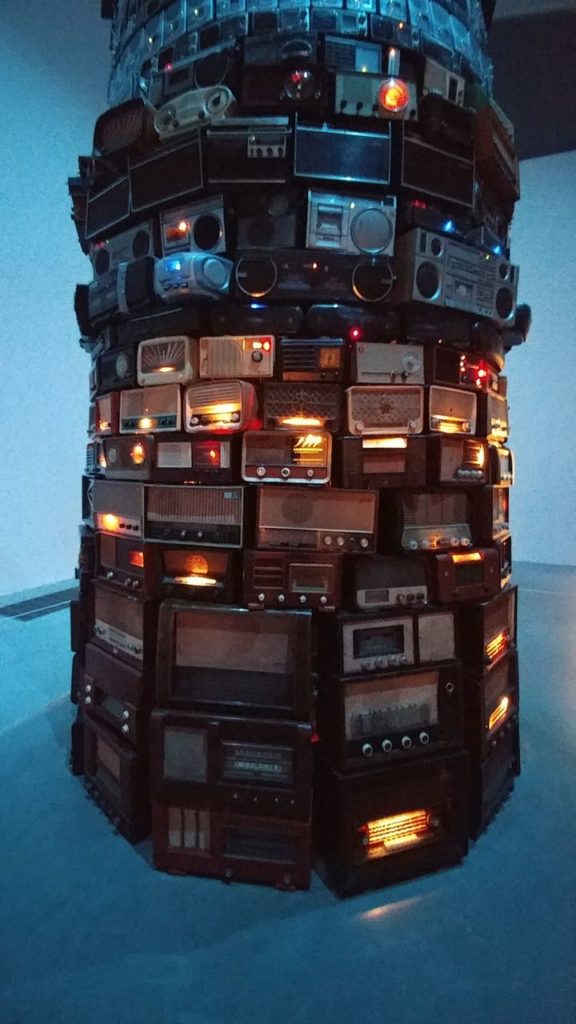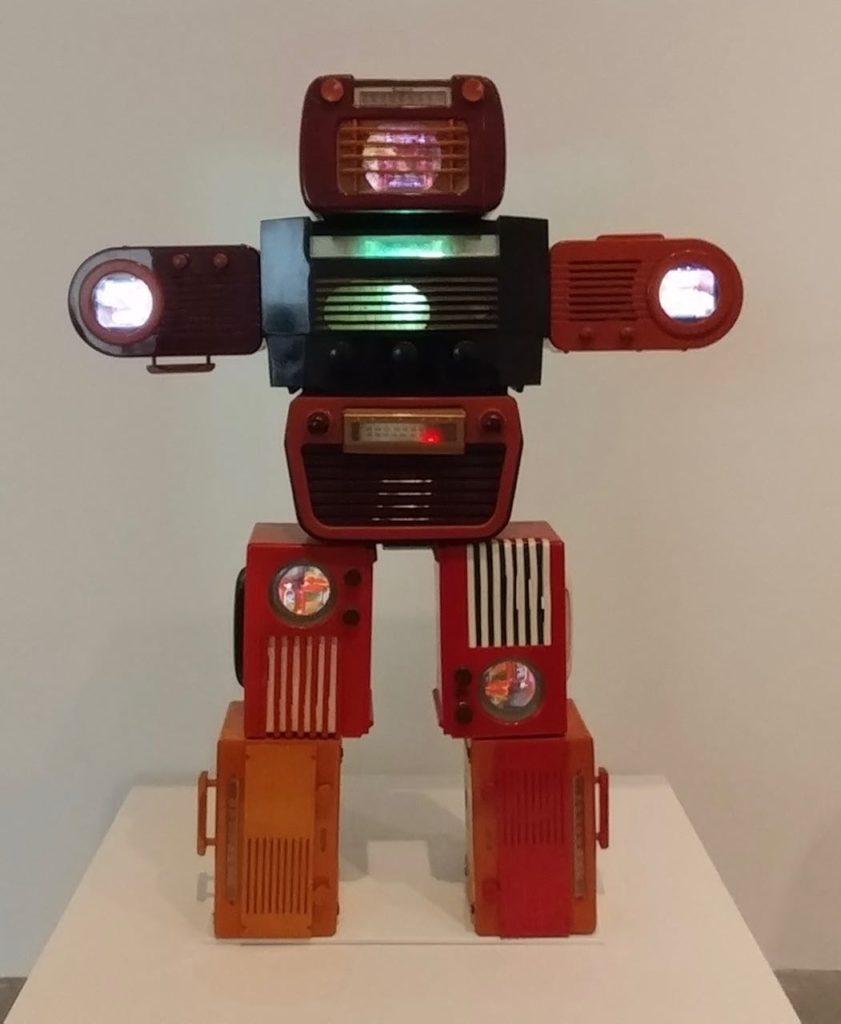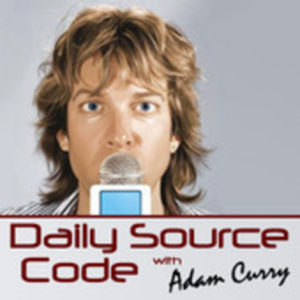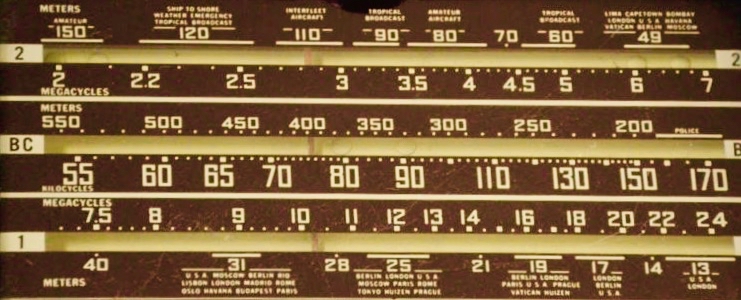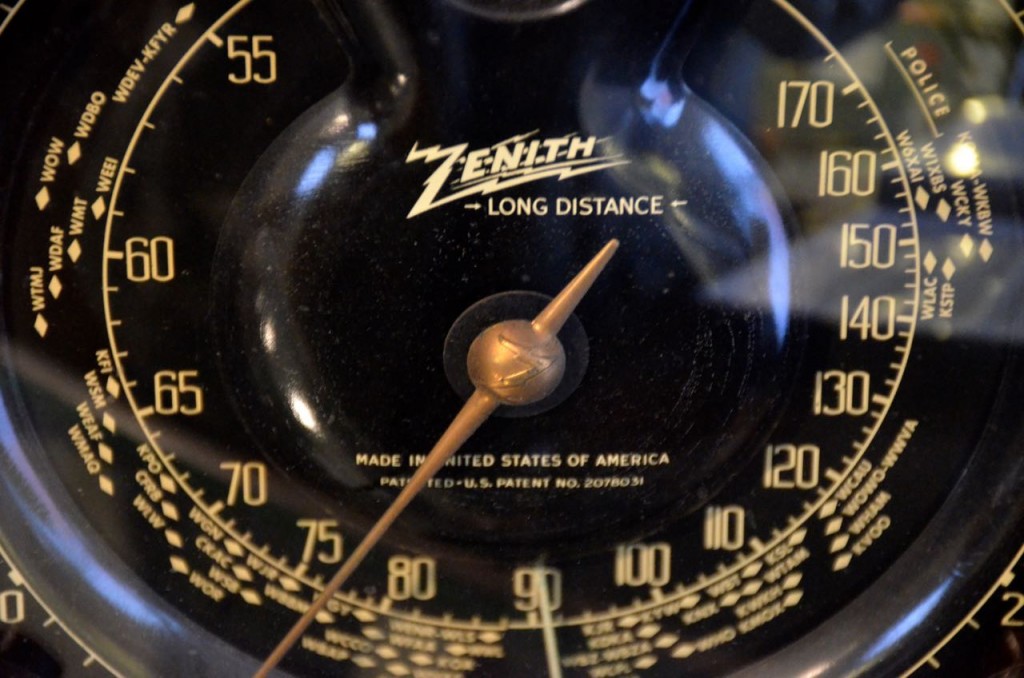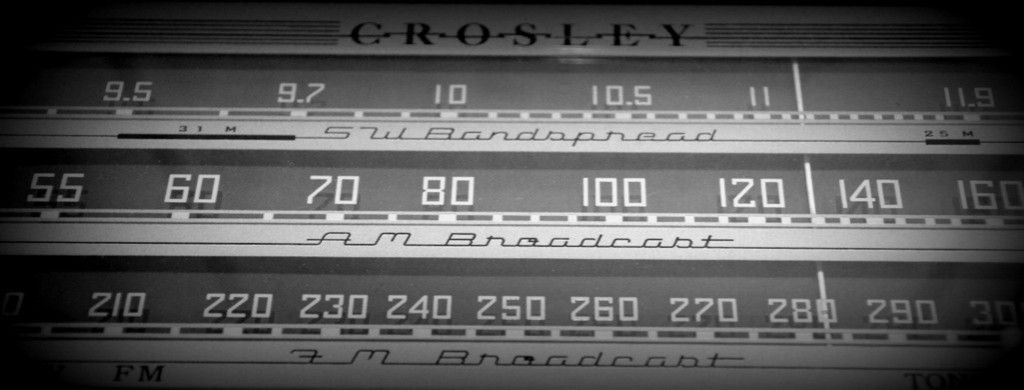(Source: National Association of Shortwave Broadcasters Facebook Page)
Digital Radio Mondiale Delivers at IBC 2017
Participants in the four DRM events organised at IBC by Gospell, Thomson Broadcast, Nautel and Ampegon between 15th-17th of September have had an insight into a wide range of DRM activities, from big projects in Morocco (Thomson Broadcast), India and Hungary (Nautel), to the progress of DRM in South Africa. And DRM used not just for broadcasting but for other vital activities was demonstrated by Rfmondial involved in a wide-ranging application for the US Coast Guard.
One constant for all events, each unique and so different from the other, was the positive messages about DRM in both AM and VHF and the increasing availability of new receiver and receiver solutions, many always on display. The first event on Friday the 15th (Gospell) saw the launch of GR-227 the multi-standard (DRM/DAB/DAB+) car adaptor that is compatible with any car stereo with USB port and able to work with Android Smart Tune App. As the manufacturer explained, this after-market solution can be a significant development allowing digital reception in cars initially fitted with analogue receivers.
Of equal major interest was also the Titus II multi-standard digital radio receiver produced by Titus SDR, a division of PantronX. The consumer software-defined radio digital receiver platform, which is the result of collaboration between Titus SDR/Patron X, Jasmin-Infotech, TWR, and Fraunhofer IIS, supports multi-standard radio reception, including DRM, DAB and DAB+ and core data applications. The representatives of PantronX and TWR received lots of questions about this receiver system based on a custom Android tablet platform, featuring multipoint touch, WiFi/Bluetooth and stereo sound.
Other receiver possibilities: the tablet solution presented by Fraunhofer IIS, the Indian receiver Avion, and a new concept DRM receiver produced in South Africa all enforced the idea that the excellent work done by transmitter companies like Thomson Broadcast, Nautel and Ampegon in providing a digital transmitter infrastructure in many parts of the world can link now with the innovative receiver solutions.
The Thomson event came alive with the presentation about the huge project in Morocco and the Nautel event attracted lots of guests already familiar with the big projects of this established transmitter manufacturer recently in India and now in Hungary.
The last of the DRM events, hosted on the 17th by Ampegon was a moment of celebration. First of this company (now 75 years old) displaying solid-state transmitters of all capacities successfully used globally, as well. As Ampegon has been also involved in Africa and supported the first DRM trial in South Africa two years ago, they were the natural hosts of a special DRM award moment. The DRM Enterprise Award 2017 (Africa) has been awarded to 3 pioneering experts in promoting DRM digital radio in South Africa. The winners are Dr Roelf Petersen on behalf of Radio Pulpit (member of the Pulpit Media Group) and Broadcom International involved in the trial of DRM in mediumwave. The other two winners Thembeka Khaka (Thembeka Khaka and Associates) and Johannes von Weyssenhoff have been very active in getting the legal framework and conducting the current trial (DRM for local coverage) that is taking place in conjunction with a community station in Johannesburg. (This event was streamed on Twitter click here to view.)
As Ruxandra Obreja, Consortium Chairman, remarked: ”All those who have hosted successful DRM events, the new and old supporters and specialists interested in digital radio and DRM, all the other companies supporting DRM and present at IBC (BBC, Babcock, Becil, RFI, Riz, NXP, Rfmondial, Sentech, to mention just a few) all the guests from countries as far apart as India, Argentina, the Netherlands, Belgium, Pakistan, the Philippines have seen how much effort goes so that DRM can deliver for all, globally.”

